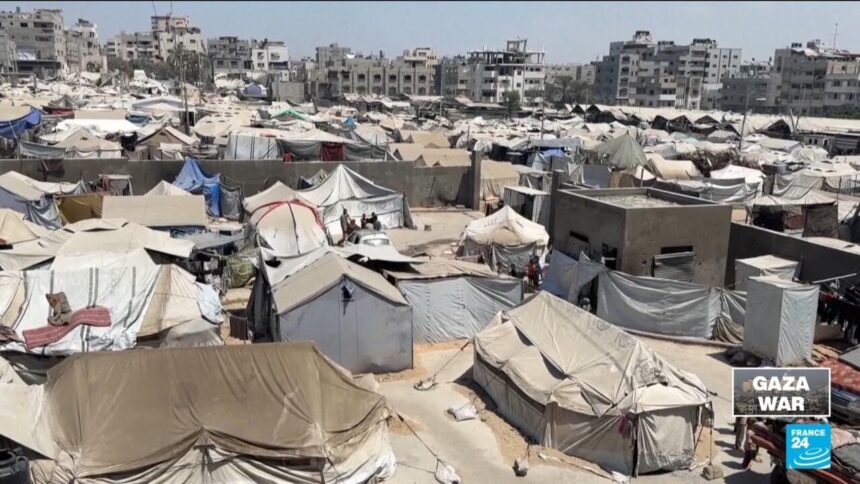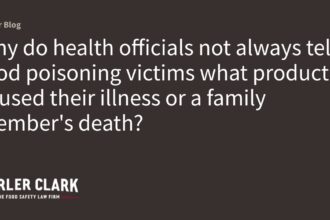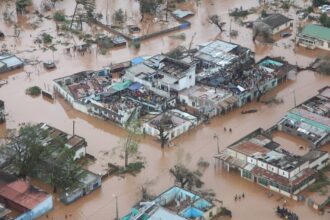The hollow-eyed children of northern Gaza tell a story more powerful than any statistic. As winter approaches, over half a million Palestinians now face what experts are calling “catastrophic hunger” – a clinical term that fails to capture the human suffering unfolding in real time across the besieged territory.
“We haven’t seen bread in weeks,” says Amal Khadir, a 34-year-old mother of four from Jabalia. “My children cry themselves to sleep. What can I tell them? That the world knows but doesn’t care enough to act?”
The United Nations World Food Programme reports that approximately 570,000 people in Gaza – nearly one-quarter of the population – now experience the most severe category of food insecurity. This represents a dramatic deterioration since summer, when humanitarian organizations warned that food systems in Gaza had effectively collapsed.
International aid workers describe conditions in northern Gaza as particularly dire. “The situation has moved beyond a humanitarian crisis into something far more sinister,” explains Dr. Raed Mansour, a physician with Médecins Sans Frontières. “We’re seeing clinical cases of starvation in children that I’ve previously only encountered in the worst famines in Africa.”
The crisis stems from a perfect storm of continuing conflict, damaged infrastructure, and severe restrictions on humanitarian access. According to the UN Office for the Coordination of Humanitarian Affairs, less than 30% of needed aid supplies have entered Gaza in the past month, despite international court orders mandating unimpeded humanitarian access.
Aid organizations report that security concerns, bureaucratic impediments, and damaged roads continue to hamper distribution efforts. “We have food sitting in warehouses that we simply cannot deliver,” says Jana Khalidi, regional director for a major aid organization. “Every day that passes without sufficient aid distribution is another day closer to widespread starvation.”
The economic dimensions of this crisis are equally devastating. CO24 Business analysis indicates Gaza’s economic infrastructure has sustained over $18 billion in damage, effectively eliminating most normal commercial activity. Food prices have skyrocketed, with basic staples costing up to eight times pre-conflict levels when available at all.
Health officials warn that malnutrition has devastating long-term consequences beyond immediate suffering. Children who survive severe malnutrition often face permanent cognitive impairment, stunted growth, and lifelong health complications. “We’re creating a generation that will carry these scars – physical and psychological – for decades,” explains Dr. Mansour.
Despite widespread reporting on the crisis, the international response has been fragmented and insufficient. World News coverage shows diplomatic efforts to establish lasting humanitarian corridors have repeatedly faltered amid security concerns and political disagreements.
Canadian Foreign Minister Mélanie Joly recently called the situation “unacceptable” and pledged an additional $25 million in humanitarian assistance, bringing Canada‘s total contribution to $175 million since the crisis began. However, aid organizations stress that money alone cannot solve a crisis when physical access remains the primary bottleneck.
As winter approaches, the situation threatens to deteriorate further. Without immediate intervention, health experts predict the death toll from malnutrition and related illnesses could surpass direct conflict casualties. “This is an entirely preventable tragedy,” says UN humanitarian coordinator Sarah Klein. “We have the food, the medicine, the expertise – what we lack is safe, consistent access.”
The question now confronting the international community is stark: How many more children must waste away before the moral imperative to act overcomes the political complexities that have thus far prevented an effective humanitarian response?










